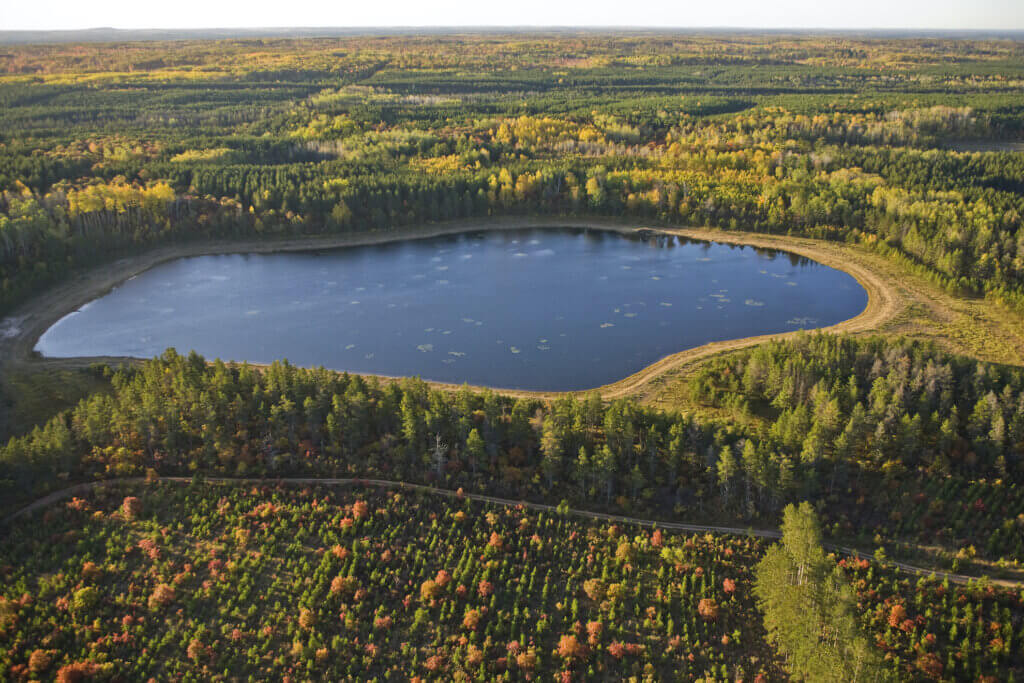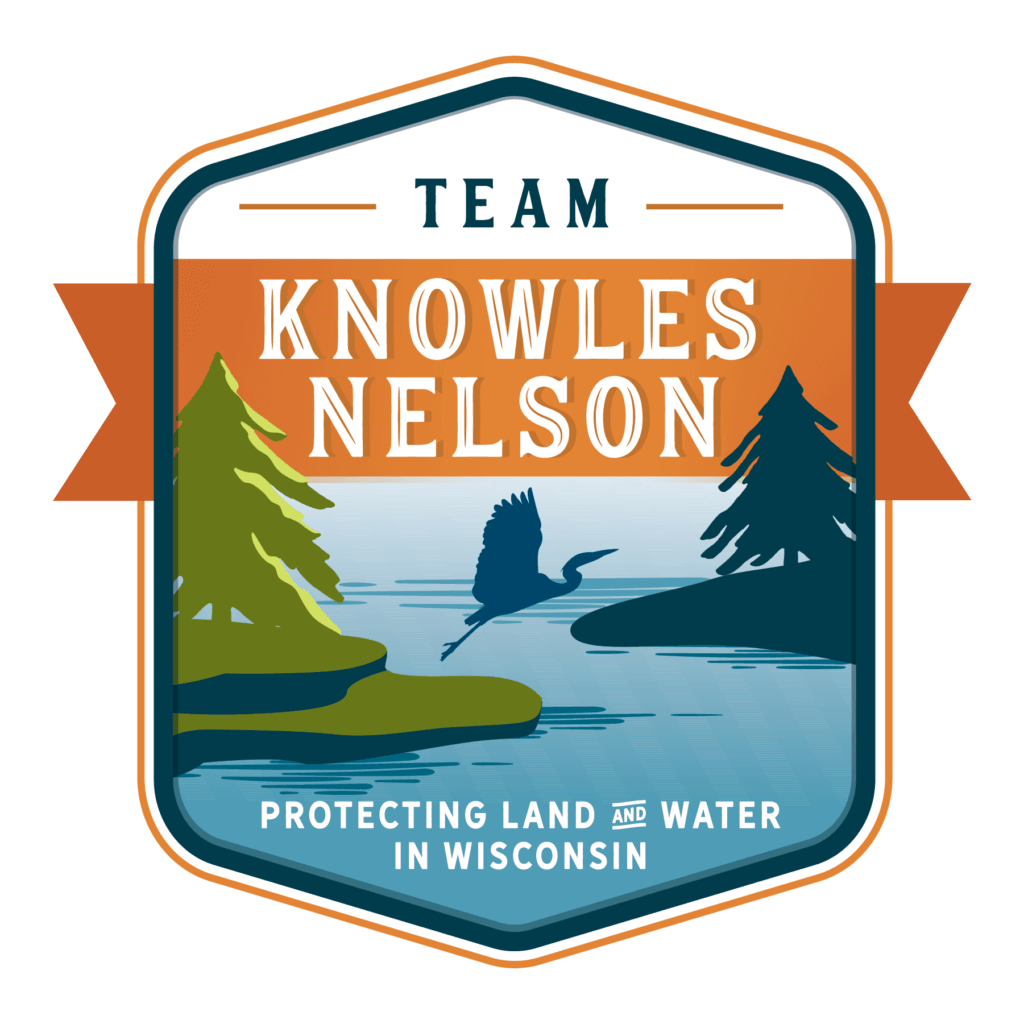
The vast forests up north are an iconic part of the Wisconsin landscape. Our northern forests support the $24 billion timber industry as well as 93,000 outdoor recreation jobs. Some 30,000 miles of trails crisscross our state, many of them on public forestland. More than two million acres of forest are owned by Wisconsin counties, more than either the state or federal government owns.
County forests are vital public lands. Timber revenues flow directly to local communities. Sprawling trail networks connect communities and bring tourism dollars to local businesses. And large areas of contiguous forest support biodiversity, clean water, and a healthy climate. The County Forest portion of the Knowles-Nelson Stewardship Program provides matching grants to county governments to purchase both large and small tracts of forestland that provide ongoing timber revenue, allow counties to develop recreation infrastructure, and that prevent the fragmentation of our forests. Keeping Wisconsin’s forests intact is crucial for biodiversity, public access, and for ensuring that we don’t unnecessarily strain local governments.
Most privately owned forest land in Northern Wisconsin is enrolled in the Managed Forest Law (MFL) program, which provides an exemption from property taxes for productive forest land. In exchange for the exemption, owners are required to manage the land for sustainable timber harvests. It’s a successful program that is widely seen as a model for maintaining well-managed private forestland. But 70% of MFL lands are closed to the public and local governments receive little revenue from timber harvests on private lands.
By contrast, county forests are open to the public and timber revenue directly supports local economic development. In Langlade County, for example, the county purchased more than 2,000 acres of forestland that brings in more than five times the amount of timber revenue than if that land were enrolled in MFL or owned by a large timber investor. That makes a real difference for the finances of rural Wisconsin communities. County forests are also home to some of Wisconsin’s best trail networks. Mountain bikers and skiers flock to Nine Mile County Forest near Wausau and to Levis-Trow Mounds Recreational Area in Clark County. In Florence County, the Blue Ox Trail Riders, a volunteer group, maintain 180 miles of snowmobile trails. Those snowmobile trails exist because of investment by Florence County, the state of Wisconsin, and the Federal Government.
Sustainable forestry and smart land conservation go hand in hand. Watch the video to learn about how it’s done.
County forests are where Wisconsinites work and play. Download the full research paper for an in-depth analysis of the Knowles-Nelson county forest program. We explore how county forests are stepping into the gap left by timber companies as they sell off their Wisconsin lands, and we explain how public ownership facilitates the recreation opportunities in northern Wisconsin that many of us value so much.
knowlesnelson.org is supported and maintained by Gathering Waters, Inc., a nonprofit, tax-exempt charitable organization (tax identification number 39-1805090) under Section 501(c)(3) of the Internal Revenue Code.
CC BY NC Except where otherwise noted, content on this site is licensed under a Creative Commons Attribution-NonCommercial 4.0 International License. Attribution: Gathering Waters
